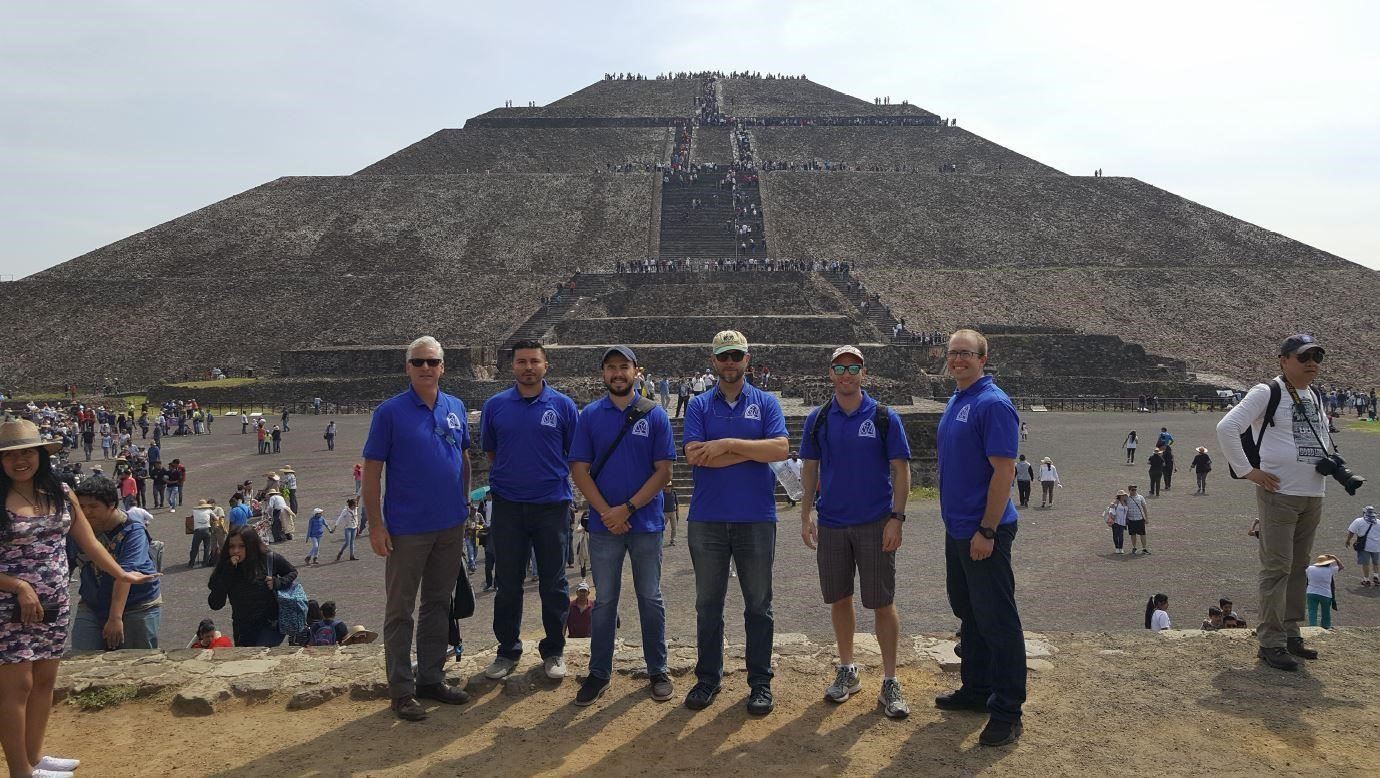
Safer Cities Reconnaissance Team in front of "Piramide del Sol" in Teotihuacan, Mexico. Left-to-Right: Ken, Daniel, Raul, Marty, Dion and Russell.
October 15, 2017 was the SEAOSC Safer Cities Reconnaissance Team’s (SCRT) last day in Mexico City. There is no doubt the city is still reeling from the September 19 earthquake that killed hundreds and left thousands homeless. After almost a month, affected areas are still trying to re-define a normal life. Like Mexico City, Southern California has seismically vulnerable structures and high seismicity. On a mission to increase the resiliency of Southern California cities, our team went to Mexico with three objectives: observe structural performance, collect data for earthquake response training, and assess the resiliency of the community. Below is a summary of the team’s findings:
Damaged Buildings
The SCRT observed dozens of buildings throughout the week. The buildings varied in terms of size, shape, construction year, type of construction and location. Most buildings with severe damage were 4 to 8 story non-ductile concrete (NDC) slab-column frames with unreinforced masonry (URM) infill walls constructed prior to 1985. According to Benito Juarez Municipio Architect Alejandro Santiago, URM infill walls are considered a non-structural component of the building and are not designed to resist gravity or lateral loads. The infill walls are constructed with no gap between the concrete columns and slab. This often cause the buildings to behave, at least at initially, as shear wall buildings. Also, because it was not considered in the structural design of the building, certain layouts of infill walls caused horizontal or vertical irregularities.
More often than not, observed damaged buildings had one or more of the following major deficiencies:
Weak/Soft Story: Many severely damaged buildings were multi-unit residential with open wall lines and open areas at the ground floor to allow for parking. Damage was concentrated at the soft/weak story, sometimes leading to collapse of the story. Soft/weak stories were present in these buildings when a story contained significantly less URM infill walls than adjacent stories.
The 517 Tokyo Buildings (Figures 1 and 2) are examples of buildings with soft/weak stories leading to severe damage or partial collapse.
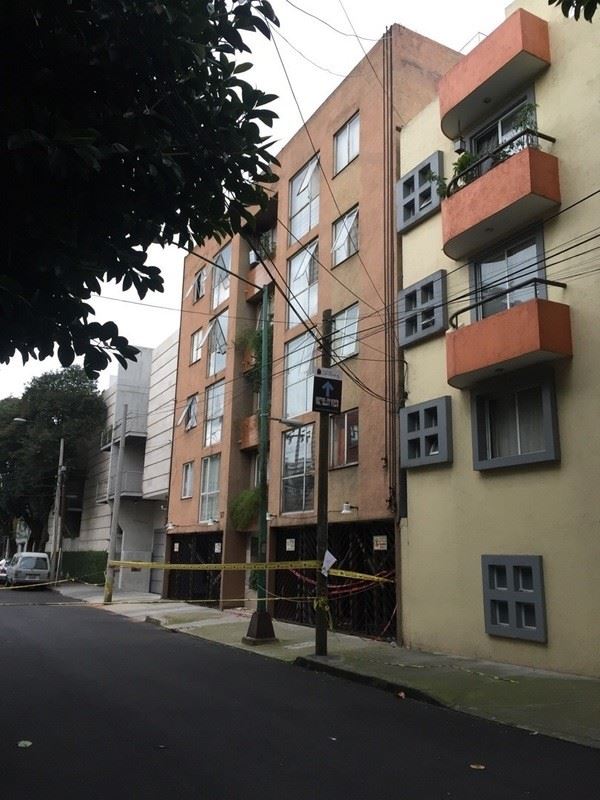
Figure 1- 517 Tokyo Building (Building 1)- Soft/Weak Story Multi-Unit Residential Building caused by open parking areas at the ground level.
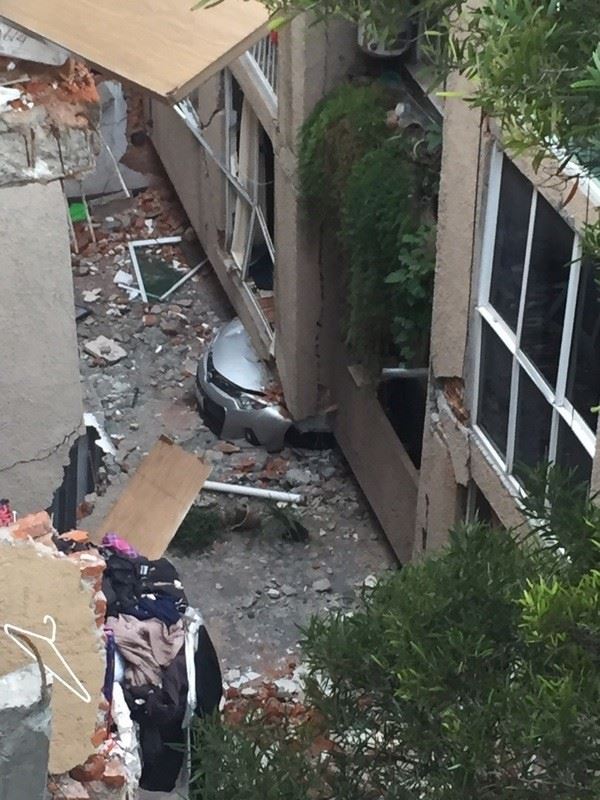
Figure 2- 517 Tokyo Building (Building 2)- Soft/Weak Story Multi-Unit Residential Building caused by open parking areas at the ground level.
A potential soft/weak story was created in the 149 Calle Sonora building (Figures 3 and 4) where the 6th floor fully collapsed. The SCRT noticed it was strange that the collapsed floor was one floor above the story that is typically affected by building pounding. A nearby neighbor informed the SCRT that the owner, who unfortunately passed away in the collapsed floor, owned the entire floor and recently remodeled it. One can only wonder if the remodel included removing masonry infill walls to open the space causing a sharp reduction in strength and stiffness at that story. A transition in smaller column sizes may have contributed to the story's collapse.
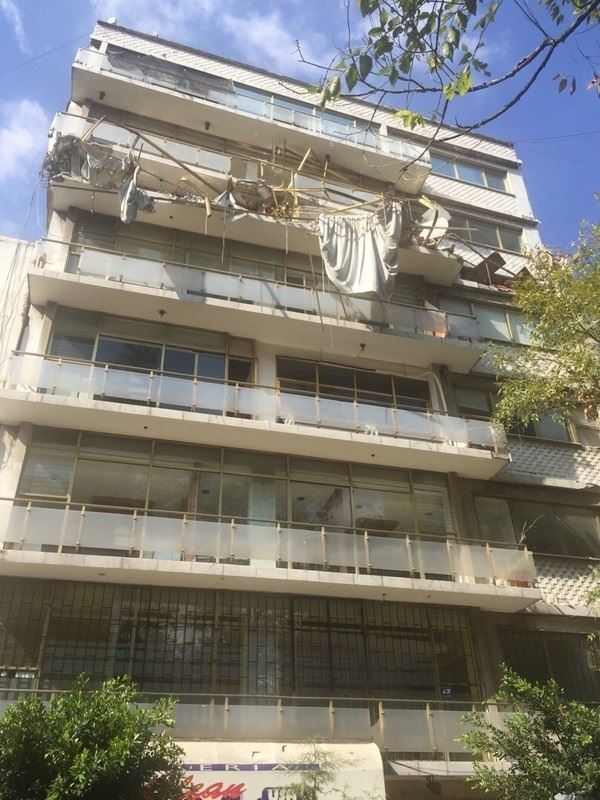
Figure 3- Collapsed story at 149 Calle Sonora (Front View)
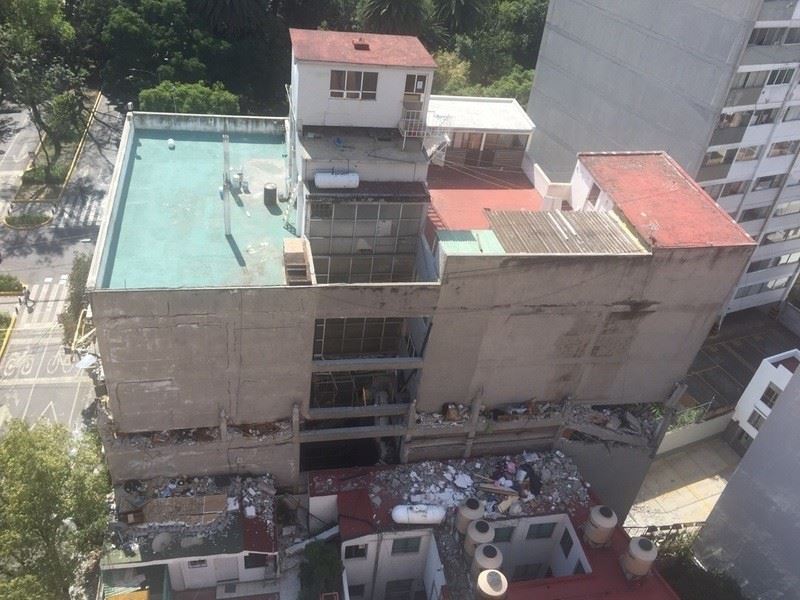
Figure 4- Collapsed story at 149 Calle Sonora (Side View)
1. Torsion: Building damage maps, such as the map shown in Figure 5, provided by Dr. Luciano Roberto Fernandez Sola from Sociedad Mexicana de Ingenieria Estructural (SMIE) (www.sismosmexico.org), show many severely damaged buildings were located on a street corner. Corner buildings typically have highly perforated elevations facing the street and solid walls on the back wall lines facing neighboring buildings creating disproportionate strength and stiffness between opposite perimeter wall lines of buildings located on street corners.
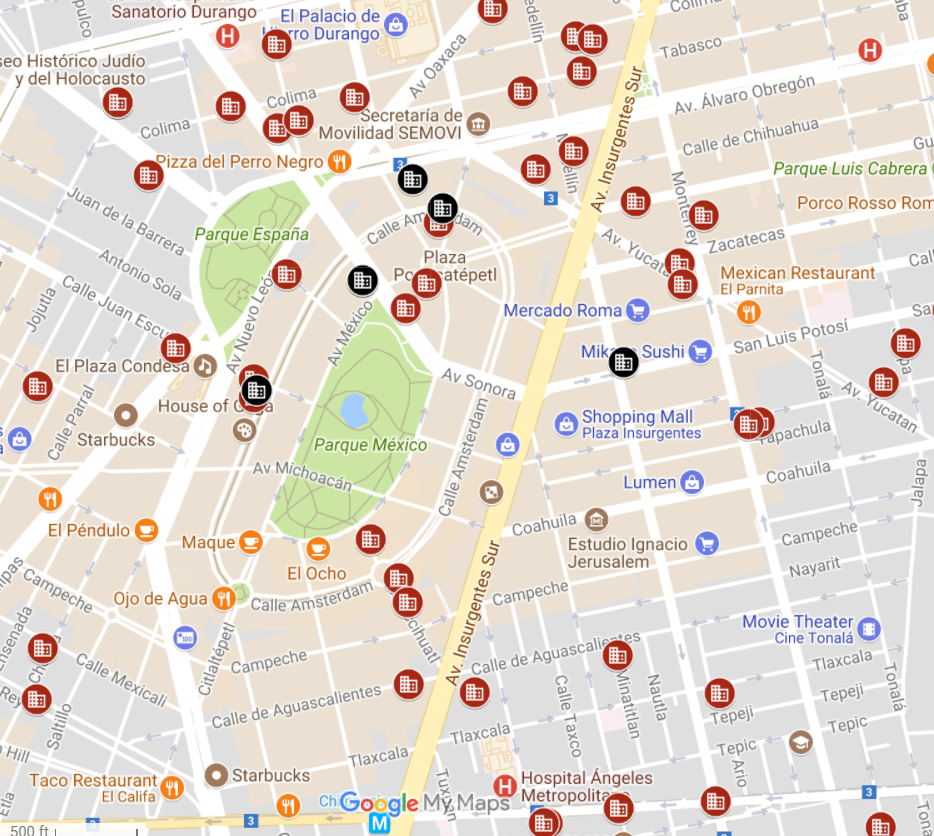
Figure 5- SMIE Building Damage Map
In Colonia Condesa, one of the most heavily impacted neighborhoods many severely damaged or collapsed buildings were on street corners. At the collapsed 107 Amsterdam Building, shown in (Figures 6 and 7). Our team interviewed restaurant employees across the street. These employees witnessed the collapse of the structure from within their restaurant. According to them, the building moved in a direction indicating the building could have been twisting. The workers recalled the building shedding plaster and decoration on the elevation facing the street followed by walls in the top story falling out of plane causing the roof to collapse. Next, the corner bottom piers gave out and the building came crashing down towards the street. At times it was difficult to fight back tears as the employees recounted their experience.

Figure 6- Google Maps view of 107 Amsterdam (picture taken prior to earthquake)
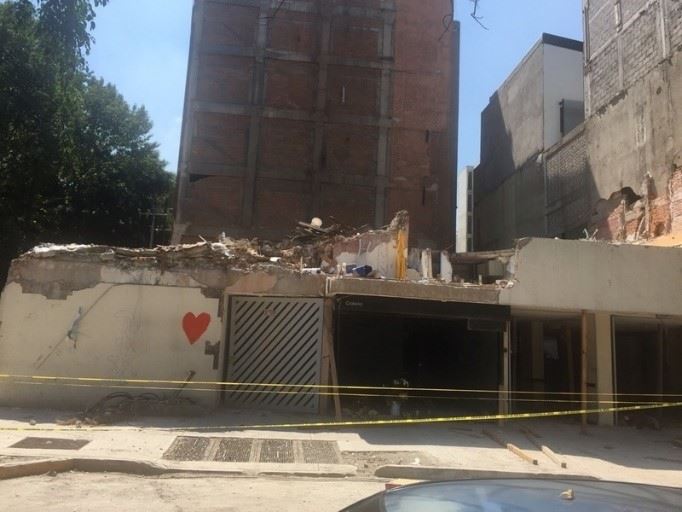
Figure 7- Collapsed 107 Amsterdam Building
2. Pounding and Group Effects: Most of the affected zones contained older buildings where seismic gaps were non-existing or very small. As such, many of the buildings observed had some damage due to pounding. The SCRT observed damage from "group effects", where end buildings along a line of closely spaced buildings collapsed or had excessive residual drift. During the earthquake buildings swayed together back and forth as one unit, leaning against each other causing the unfortunate building at the end to have a greater amount of residual displacement.
Damage from group effects was perhaps most noticeable in the city of Jojutla as shown in (Figure 8). Where damage from group effects occurred, buildings not on the end of the building line had significantly less residual drift.
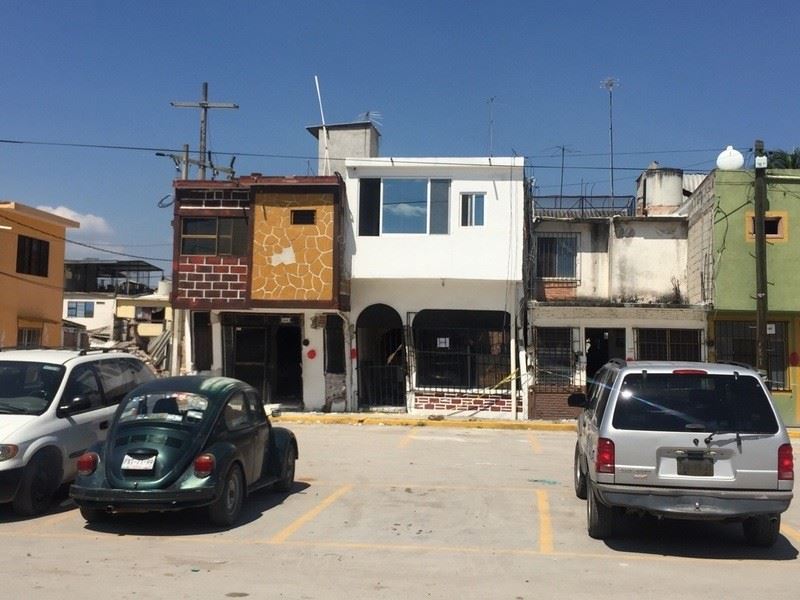
Figure 8- End Building Damaged from Group Effects in Jojutla
3. URM Infills: Most of the buildings observed contained URM infills. These infills typically failed in one of two ways: shear failure and out of plane failure.
Longer infills typically first exhibit in-plane shear cracks along the concrete frame interface, followed by gradual out-of-plane movement of the infill, and in many cases complete out-of-plane failure. Diagonal shear cracking through URM piers was a predominant failure mechanism where URM sliding shear could not be mobilized.
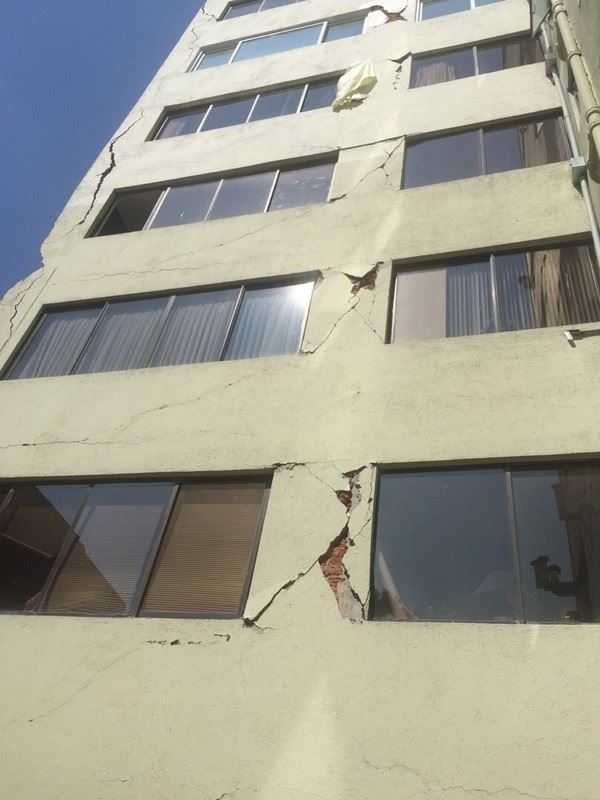
Figure 9-Typical diagonal shear cracking between windows
Diagonal shear failure of URM piers extended through surrounding concrete columns in some buildings. This was typically observed in older buildings, where the column size was small (8”-10"). Many of the buildings with this type of damage were evacuated and shored. One example of this was seen in building General Rincon No. 142 (Figure 10).
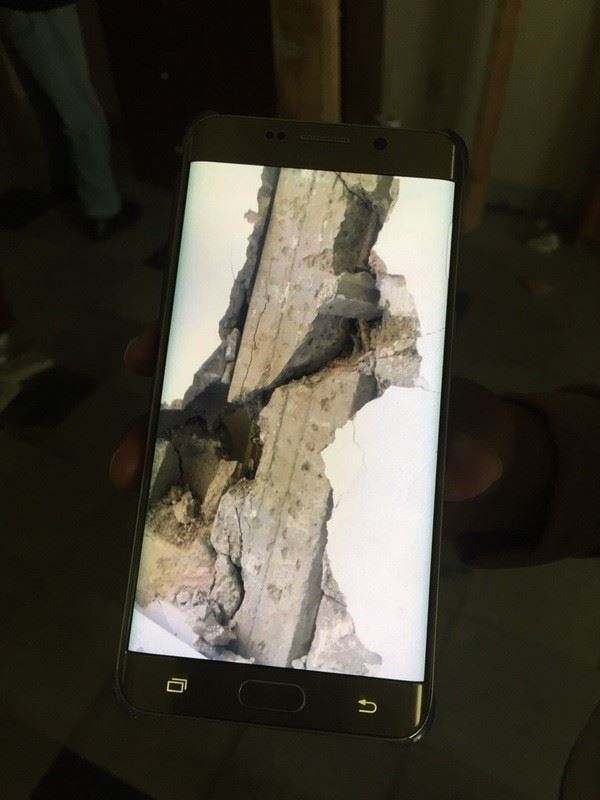
Figure 10- Damaged Concrete Column in General Rincon No. 142 Building
4. Soil Interaction: The SCRT anticipated soils in Mexico City would have a large impact on building behavior and that there may be foundation failures given the soft soil in Mexico City. The team observed foundation failure in several structures, with observations of significant settlement and signs of possible rocking at the base of the structures.
One example was the 81 La Quemada Building (Figure 11, 12, and 13) which literally broke vertically in half. Once on site, it did not take long for SCRT soils expert, Marty Hudson, to determine that large differential foundation displacements had occurred. It appeared that even though the building was on deep foundations those foundations had lost capacity beneath the building until the building cracked vertically due to a lack of continuous reinforcing throughout the structure.
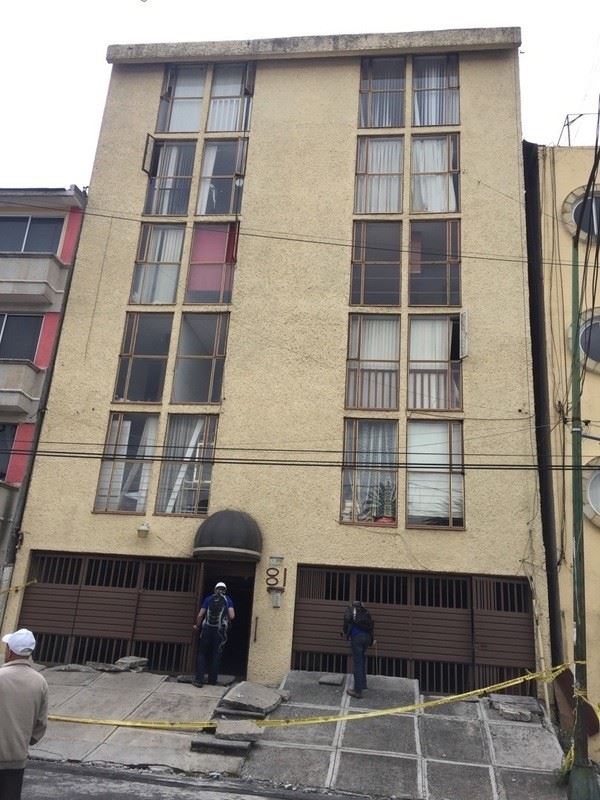
Figure 11- 81 La Quemada Building
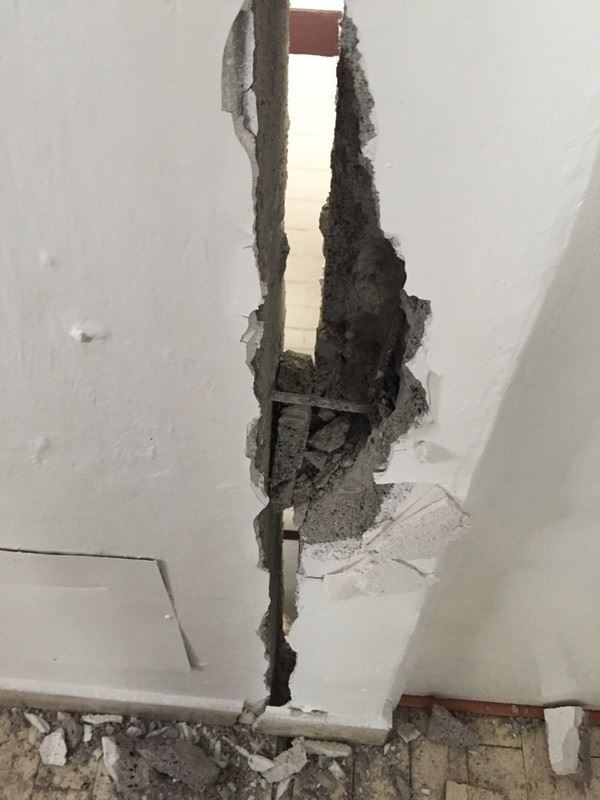
Figure 12- 81 La Quemada Building Split Vertically in Half
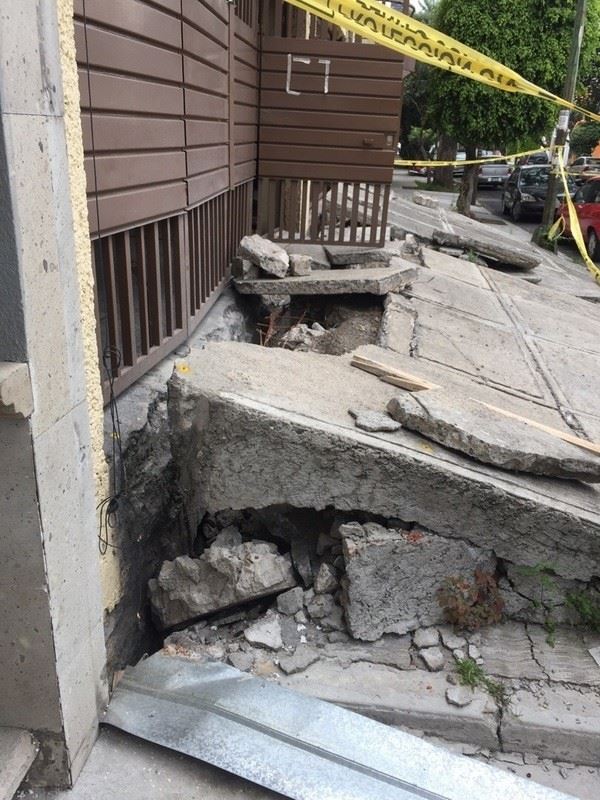
Figure 13- 81 La Quemada Building Settlement
Retrofitted Buildings
Retrofitted buildings were difficult to come by. However, the SCRT was able to identify and observe the performance of some retrofitted buildings. The retrofits often consisted of the addition of full height concrete walls or steel braced frames and strengthening the concrete columns.
· Building Ave Mexico 55 building (Figure 14) for example had new concrete shear walls with enlarged concrete columns on the ground floor in an apparent attempt to mitigate a soft story deficiency. The retrofit worked well, there was no signs of damage in that floor. The upper floors in the building experienced damage to infill walls. The SCRT team observed a repaired concrete shear wall in the building where epoxy injection was used to fill concrete shear wall cracks presumably from the 1985 earthquake. No new cracks were found in the areas of the shear wall observed by the team.
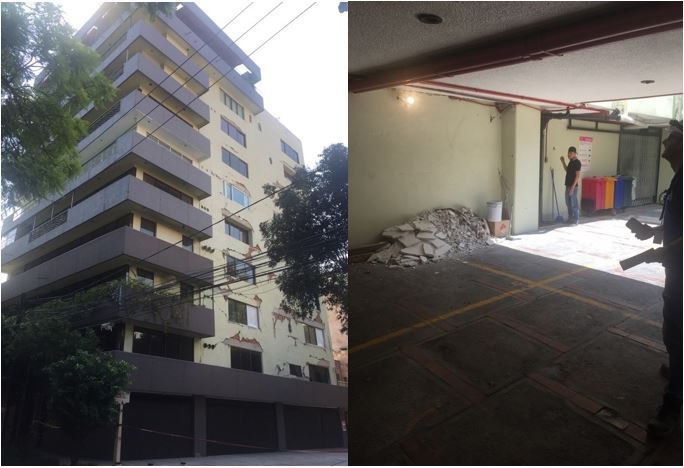
Figure 14- Retrofitted Ave Mexico 55 Building with added shear walls, enlarged concrete columns, and repaired concrete shear walls
· At the 141 Calle Sonora Building (Figure 15), full height concrete walls and steel braces were added to the building prior to the 1985 earthquake. The building sustained no damage in either the 1985 or the 2017 seismic events. Despite having no damage, the building was evacuated due to the danger of a nearby partially collapsed building.
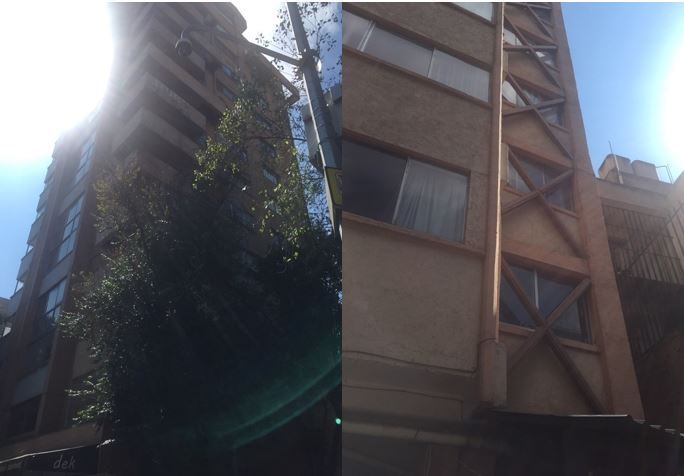
Figure 15- 141 Calle Sonora Building retrofitted with added full height concrete shear walls and braced frames
· While some retrofits were effective, others were not. Poor detailing of a steel braced frame used to retrofit the 81 Calle Amsterdam buildings (Figure 16) led to connection failure of some braces and subsequently damage to infill walls in the building.
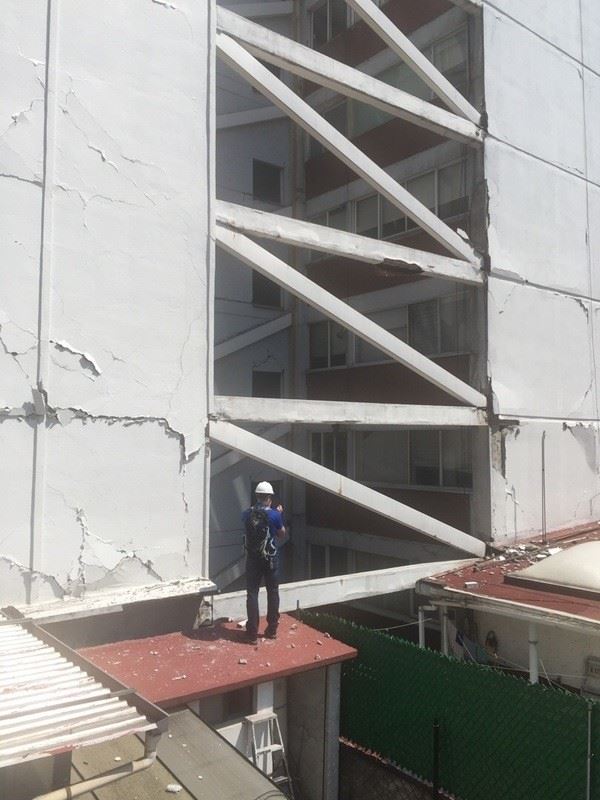
Figure 16- 81 Calle Amsterdam- Damaged Retrofitted Building
Resilient Communities
One of the most important goals of the trip was to understand community resilience. Community resilience is not just the measure of building performance, but rather the ability of the community to respond and recover after a seismic event. The team selected two affected areas to conduct their investigation.
Colonia Benito Juarez: Colonia Benito Juarez is a district within the Mexico City boundaries. This district has a significant amount of buildings that had either collapsed or had severe damage. After spending time speaking to residents and government officials we learned that all of their utilities (water, power, gas, etc.) were not significantly impacted. Transportation and communication services were also not significantly affected. However, housing (i.e. shelter) was significantly impacted due to the following reasons:
· Tagging – As expected, the city government is the only entity that has the authority to tag a building. However, because of the large number of affected buildings, Jorge Cruz, the supervisor of the department had to rely on social media and messenger services to get an inventory of damaged buildings. These buildings were then conservatively tagged until an in-person inspection was conducted to verify the damage. This method helped respond to the immediate tagging needs but unfortunately has kept a large number of people out of their homes. As of October 4, 2017, the district had 1,319 buildings requiring a follow-up structural evaluation before allowing people to re-occupy. Unfortunately, the area does not have enough structural engineers to evaluate such a large quantity. The displaced residents were desperate to have volunteer groups like ourselves evaluate their buildings. However, the Benito Juarez District requires a license in engineering or architecture in Mexico to tag a building. The best the SCRT could do, was provide our professional opinion of the condition of the structure.
· Adjacent Hazard - Buildings at risk of being damaged by severely damaged buildings were also evacuated. The SCRT witnessed many buildings un-occupied because their neighboring building was on the verge of collapse or was leaning on their building. A good example of this was Xola 32 (Figure 17) where the corner building had been red tagged and the two adjacent buildings on either side were evacuated despite having minimal damage. This angered many of their residents because they felt they had lost their house due to others’ carelessness. In some cases, the neighbors insisted that the government should order the damaged buildings to be demolished as soon as possible rather than allowing the owner to fix the building which would take significantly longer.
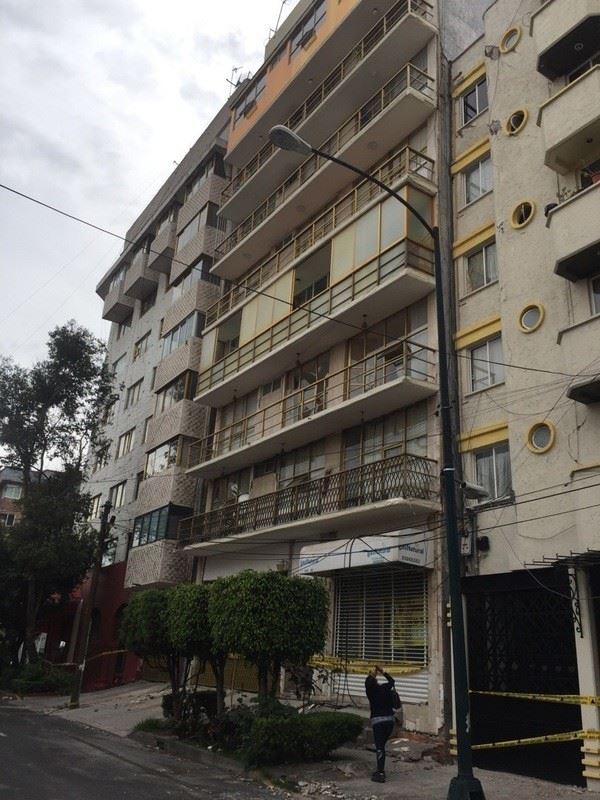
Figure 17- Xola 32 Building- Red-tagged

Figure 18- Jorge Cruz, Director of Civil Protection for Benito Juarez
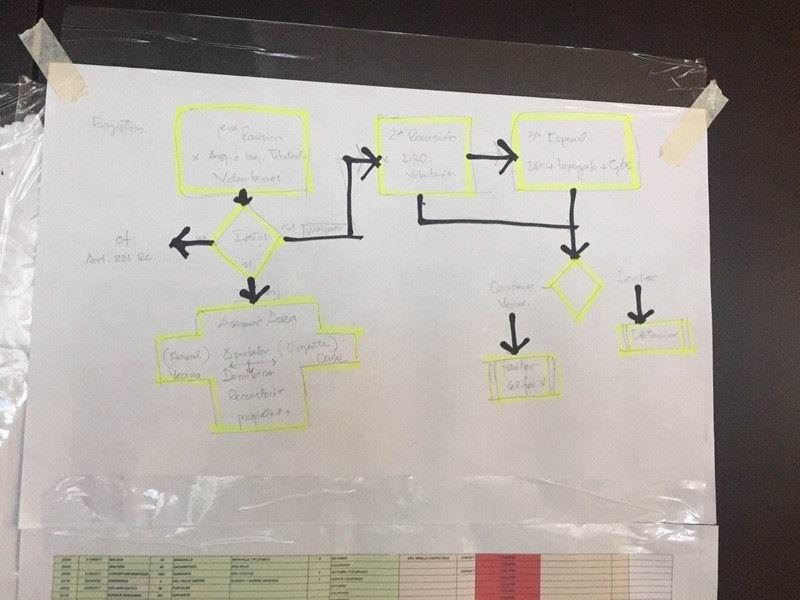
Figure 19- Benito Juarez Posted Building Investigation Process
Jojutla: The second example of community resilience evaluated was the small town of Jojutla. Jojutla is a located about 130 kilometers from Mexico City and closer to the epicenter which occurred in Puebla. Although it is a relatively small town of about 50,000 people it serves as the commercial center of the surrounding small villages and towns. For example, the town has the only banks and major retail stores within a 45 minute drive. Unfortunately the town as a whole was devastated after the event.

Figure 20- City of Jojutla
· Natural Gas: Immediately after the event there were explosions which caused most of the town to run in a panic away from the downtown area as they thought the gas station was on fire. As it turns out it was not the gas station, but rather the food market where many of the residents shop for food and groceries. The market was closed for days while the gas leaks were investigated.
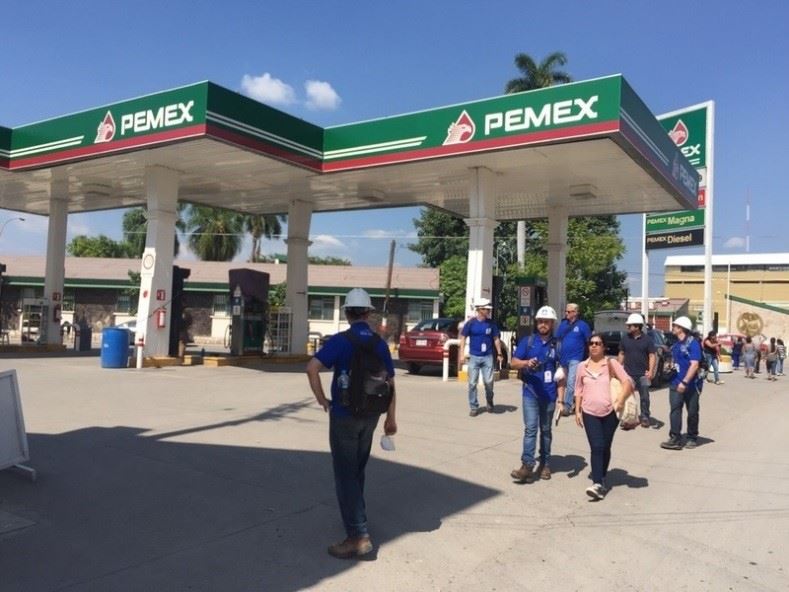
Figure 21- Gas station thought to have a leak immediately following the earthquake
· Water and Power: Colonia Zapata lost water for at least 24 hours after the event. It was not clear to the residents why water was lost, but they believed that it was shut down until the water system was checked for leaks. Unlike the water loss, which only affected a Colonia, the entire city lost power for 24 hours. It was also not clear why the city lost power, but it may have been simply to check the power lines.
· Banks: 3 out of the 4 banks in the town were severely damaged and closed for business. The last bank was not severely damaged, but was closed because of adjacent building damage. This required residents to drive at least 45 minutes to the nearest bank.
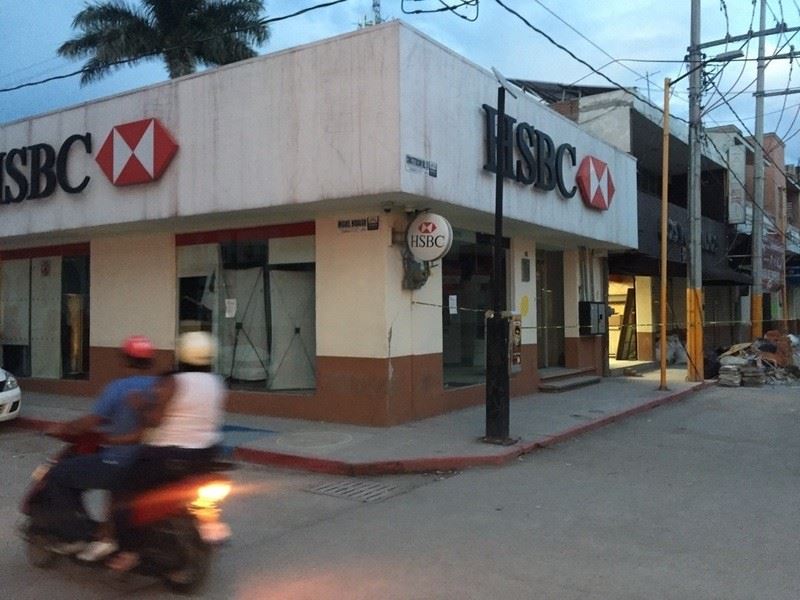
Figure 22- Bank evacuated due to danger from adjacent from adjacent damaged buildings
· Schools: One of two of the elementary schools was shut down after the event due to severe structural damage of the buildings. One of the teachers felt the practice earthquake drill from earlier that morning helped them evacuate the buildings in a safe and orderly manner. She told the SCRT the motion was slow and long at first. She told the kids to calmly get up leave the building. Then the motion became very violent with ground moving “up and down” making it hard to walk. Once this happened, everybody ran out of the building in a panic. Fortunately, no one was hurt.
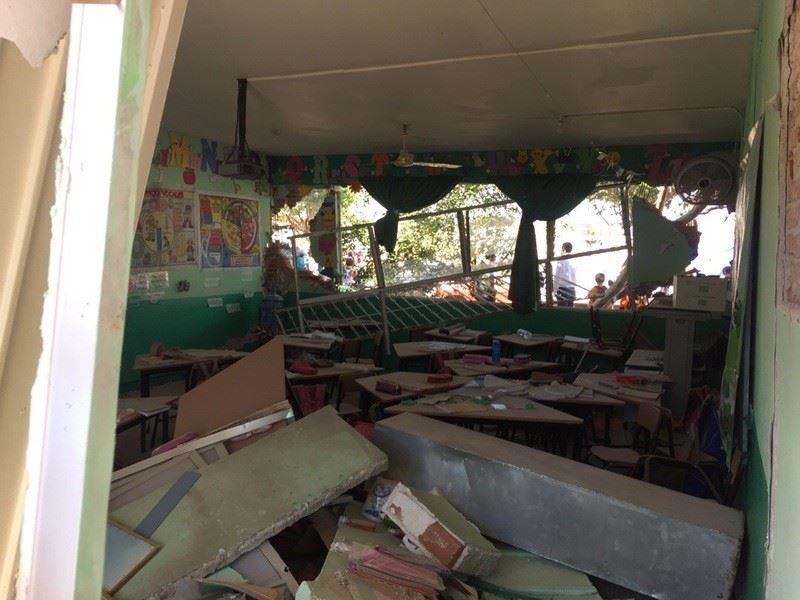
Figure 23- Damaged school building in Jojutla
· Government: The small government “city hall” was shut down even three weeks after the earthquake, when our team arrived. They informed us that two people were killed by the clock that was above the government building as it collapsed. The small government had moved to an undamaged building and tents when our SCRT team arrived.
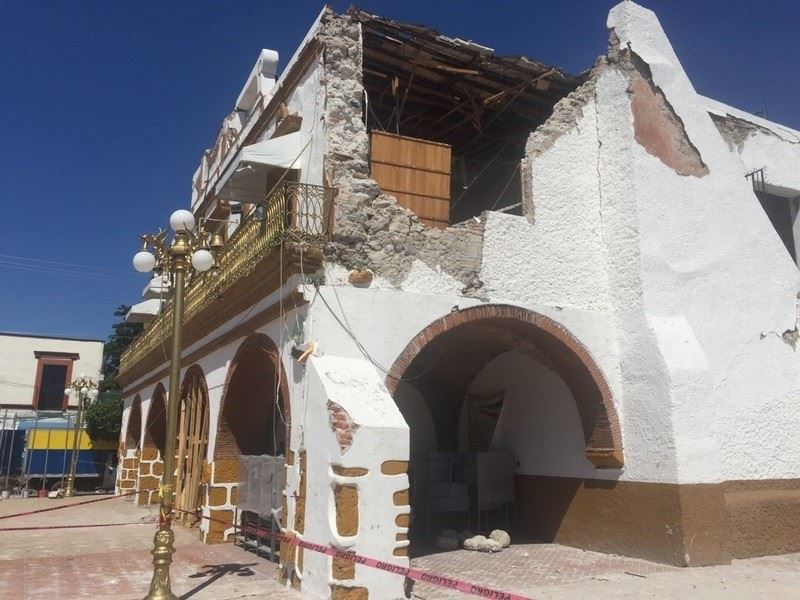
Figure 24- Jojutla City Hall
· Shelter: Colonia Zapata was the most devastated in the entire town. There were dozens of homes that collapsed or had severe damage. When SCRT arrived to the town many residents had begun to repair their homes. Some were living in tents since their homes were already demolished. The town had set up a shelter in a nearby pre-school and a technical school was using their cooking services to prepare meals for 500 people daily. However, when asked if they would consider moving to another town the displaced residents told us they would stay and re-build. In these areas there is a strong sense of community. The SCRT came across 2 young men volunteering to provide shelter and aid to displaced people. One of them was a student in Mexico City in a college that got severely damaged and closed. The other one lived in Oaxaca and left his business to come help the people of Jojutla. These two helped set up a tent at the entrance of the town used to distribute food, diapers, toiletries, and other necessities to people in need.
· Commercial Center Approximately 17 people died in the entire town. However, this was not the only tragedy in the town. Their entire commercial center was destroyed. The town has two major downtown streets that hold all of their retail stores and every single one of them was closed because it or a nearby building was severely damaged. Everyone that made a living in the area is out of work until they be re-build these stores.
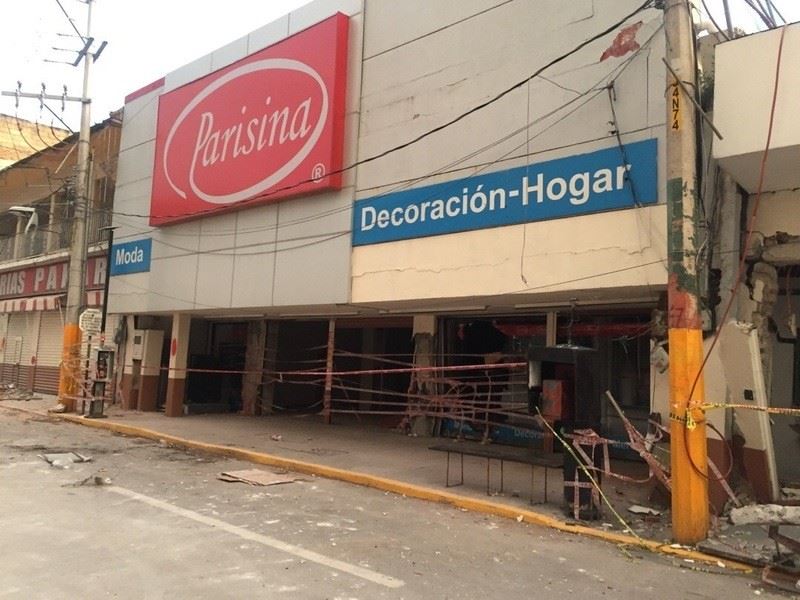
Figure 25- Damaged Building in Jojutla
Earthquake Response Training
The SCRT is happy to announce that we have videos that will allow SEAOSC members to view neighborhoods and buildings damaged by a large earthquake in a way that was previously not possible. The SCRT had three 360-degree cameras that were used to survey damaged neighborhoods and buildings every day during the trip. The SCRT wants to specifically thank Ken O’Dell for being diligent in taking these videos throughout the trip despite most people thinking he had lost his mind evidenced by him holding the small devise above his head and walking like a zombie.
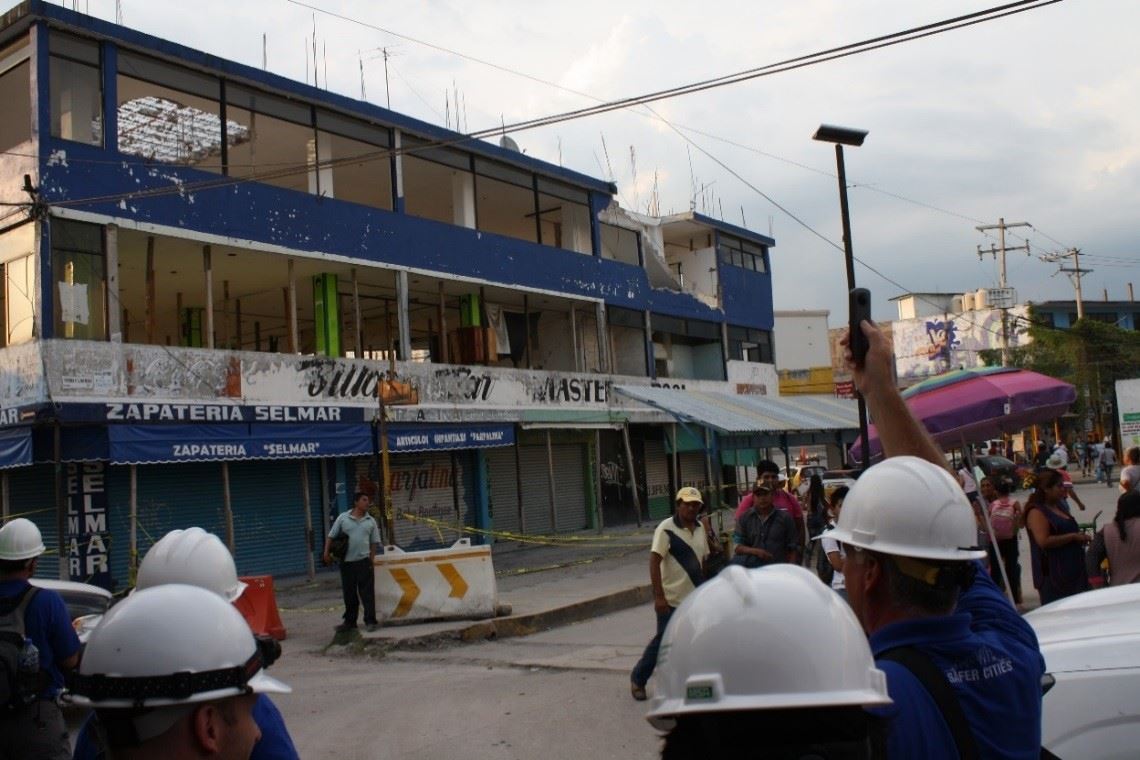
Figure 26- SCRT Team Member Ken O'Dell diligently recording 360 degree video
Acknowledgments:
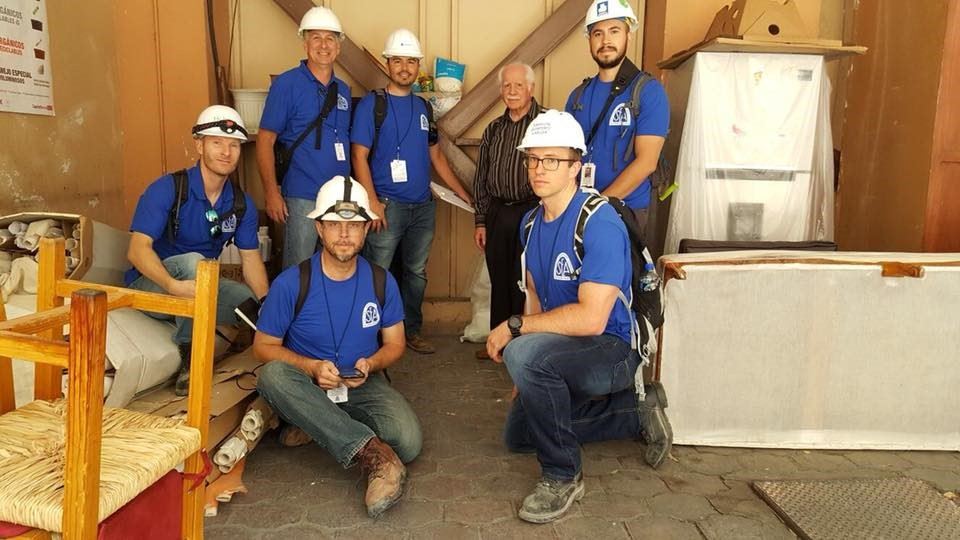
Figure 27- SCRT Team with building owner who retrofitted his building at 141 Calle Sonora
The lessons learned from this trip will always stay with us. As mentioned before, as engineers, we travel to areas affected by a seismic event to learn from the damage, but inevitably we are always drawn into the community’s ability to cope with these difficult situations. As leader of the team, Daniel Zepeda would like to thank the Structural Engineers Association of Southern California (SEAOSC) for supporting us in this trip. I would also like to thank my team members for putting up some long hours during our daily walks. Finally thanks to all those in Mexico that helped us out during our visit.
Gracias Mexico and may you re-build quickly and well!

